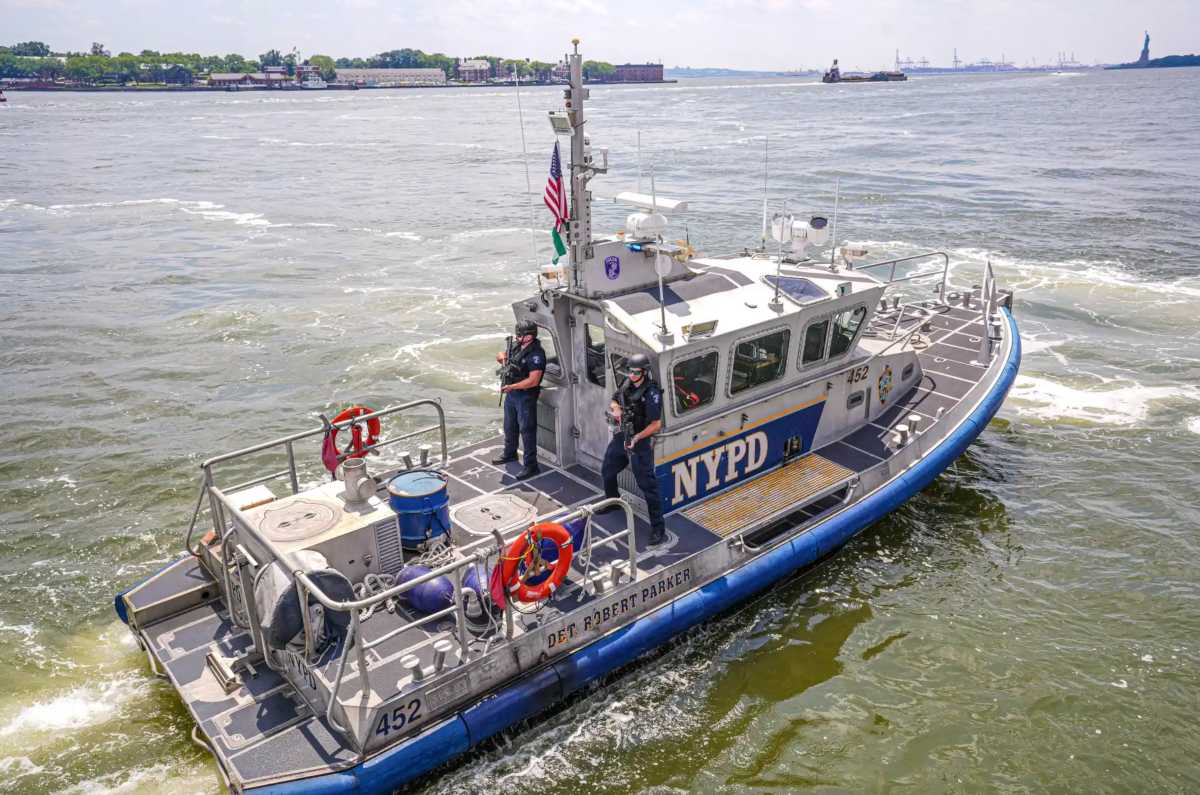Although slavery in the U.S is primarily associated with the southern states, many would be surprised to learn that the practice of turning humans into chattel persisted in northern states, including New York, well into the early 1800s. In Queens, just as in the rest of the state, slaves labored in the fields, homes and businesses of white citizens for 200 years. Even the role some early Queens residents played in the Underground Railroad a network that brought slaves to freedom cannot erase the fact that many others in the borough benefited greatly from the forced servitude of African Americans for two centuries.
Enslaved Africans, who were among the earliest non-native settlers of New York, were brought here in 1626, on the first Dutch ship to land on the Island of Manhattan. The eleven men and four women, the property of the Dutch West India Co., helped build the Citys first roads and other public works, and served the Dutch colonists in what was then New Amsterdam.
Over the next 40 years, Dutch farmers settled the areas that would one day constitute the five boroughs of New York City, clearing and farming the land with the help of slave labor. Those slaves also performed skilled labor, including blacksmithing and carpentry, and most likely spoke a variety of African languages as well as Dutch.
When the British took New York in 1664, they passed new, harsh laws regulating the lives of slaves, including one legalizing the right of white owners to choose whom their slaves married.
It was not until after the Revolutionary War that a true abolitionist movement developed in the New York area.
Despite the restrictive rules and other difficulties, small communities of free African Americans slowly developed in all five boroughs. According to the 1790 census, there were 240 free blacks living alongside 1095 slaves in what is now Queens.
Finally, in 1798, the State Legislature passed the Emancipation Law, which decreed that all children born to slave mothers on or after July 4, 1799 would be free, and that all slaves born before that date would be freed on July 4, 1827.
After 1827 the black communities in Queens and the other boroughs grew larger. Black enclaves in the towns of Flushing, East Elmhurst, South Jamaica and Bayside expanded and became more vibrant. Some of those neighborhoods remain predominantly African American to this day. Unfortunately, few records remain to illuminate what life was like in those communities. However, according to James Driscoll, curator at the Queens Historical Society, it is known that churches played an important role in the intellectual and cultural evolution of the neighborhoods. In 1811, the Macedonia African Methodist Church was built on Liberty St., and soon after that, a school for black children was established on the nearby corner of Liberty and Union sts.
It was a black minister from Flushing who presided over the marriage of Frederick Douglass.
After abolition in New York State, some members of the Queens black and white communities worked together to help escaping slaves from the south make their way to Canada along the Underground Railroad. Queens Quakers in particular are known to have aided fugitive slaves in their journey north by helping them across the Long Island Sound.
Many of the African Americans now living in Queens came from the South during the Depression, but there are some families in the area that have been in Queens for centuries. Wherever they come from, most African American families have been in the U.S. longer than many families of European descent.





























